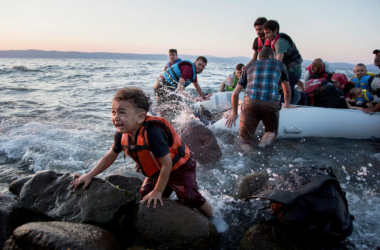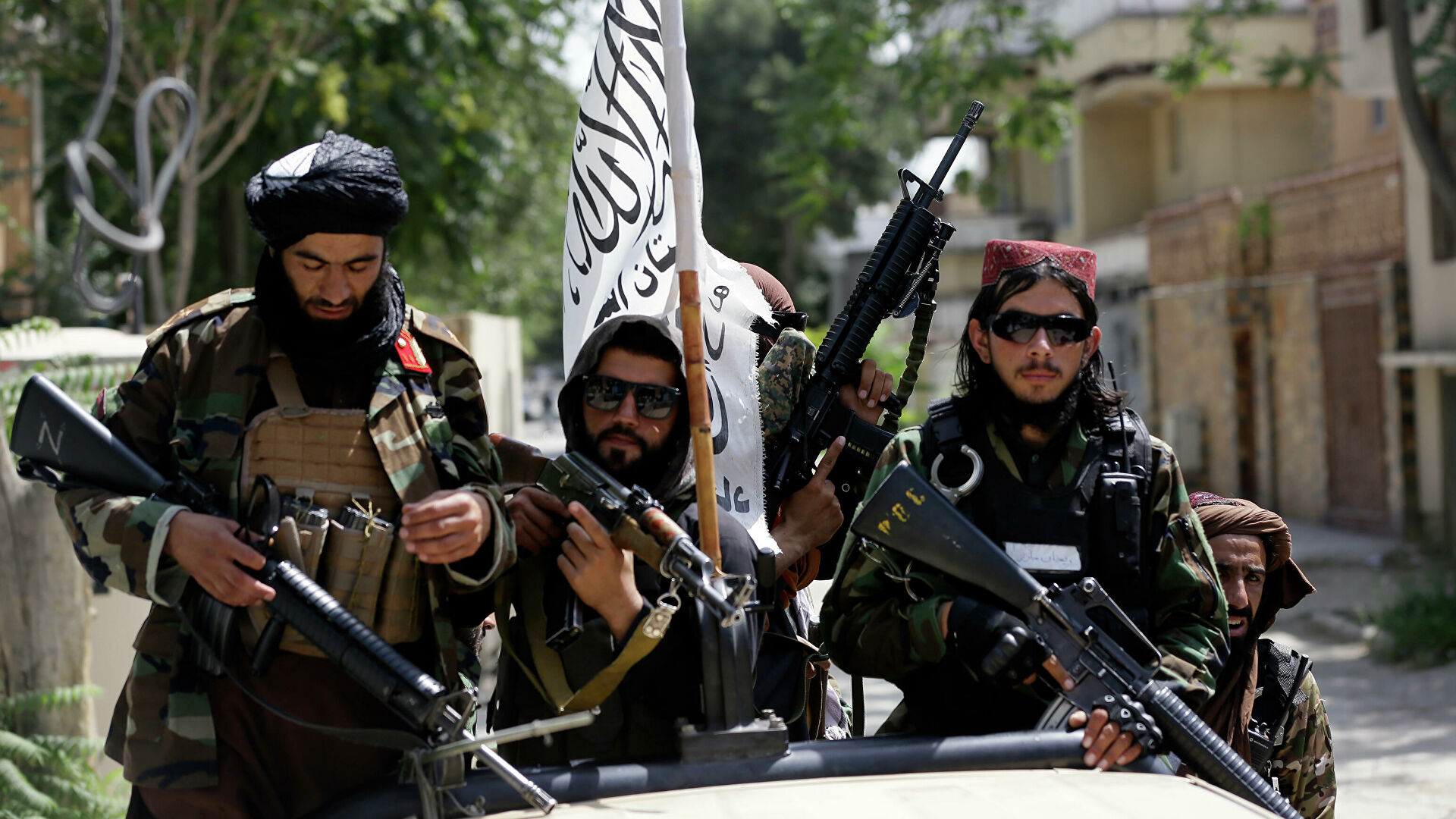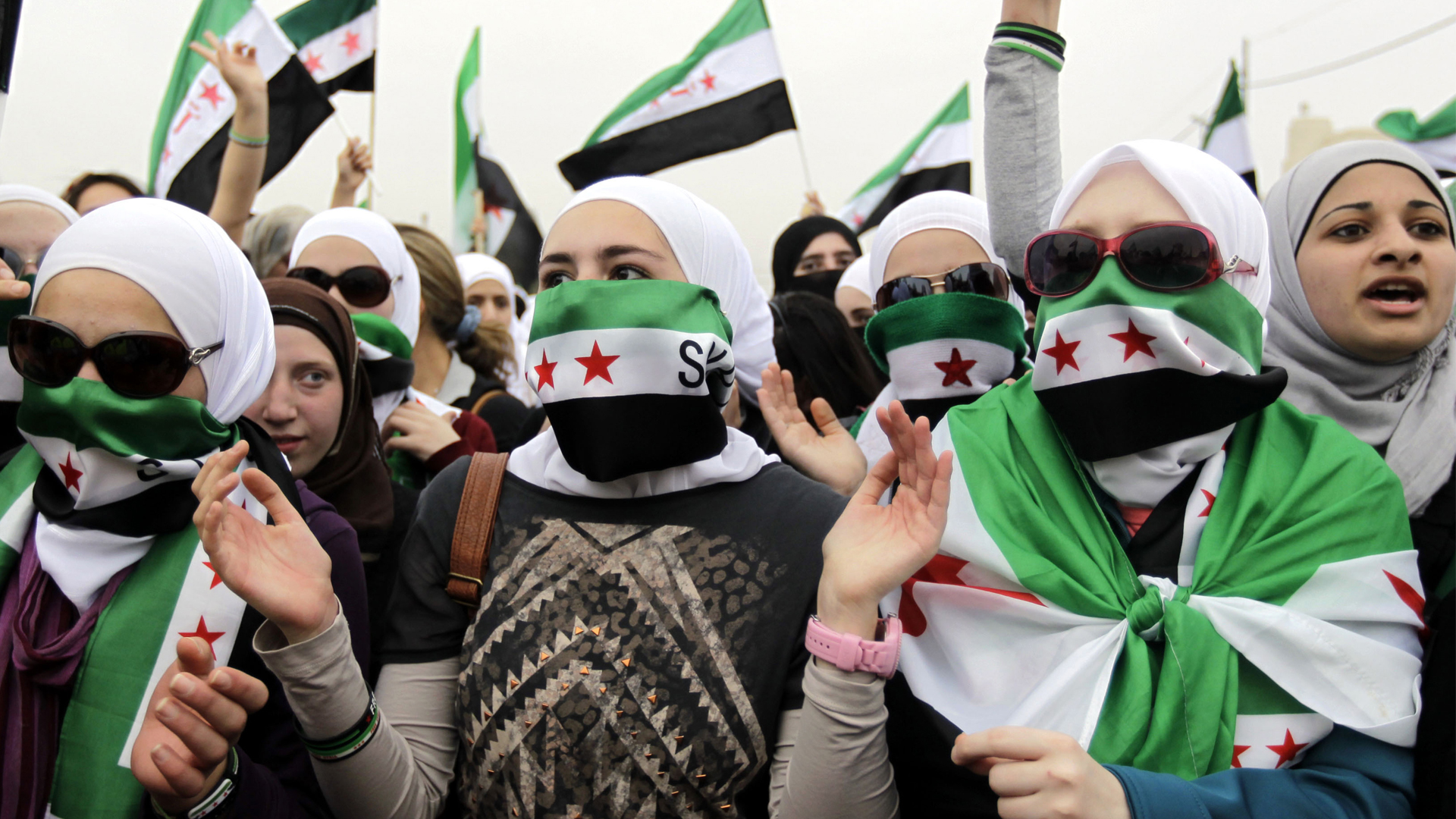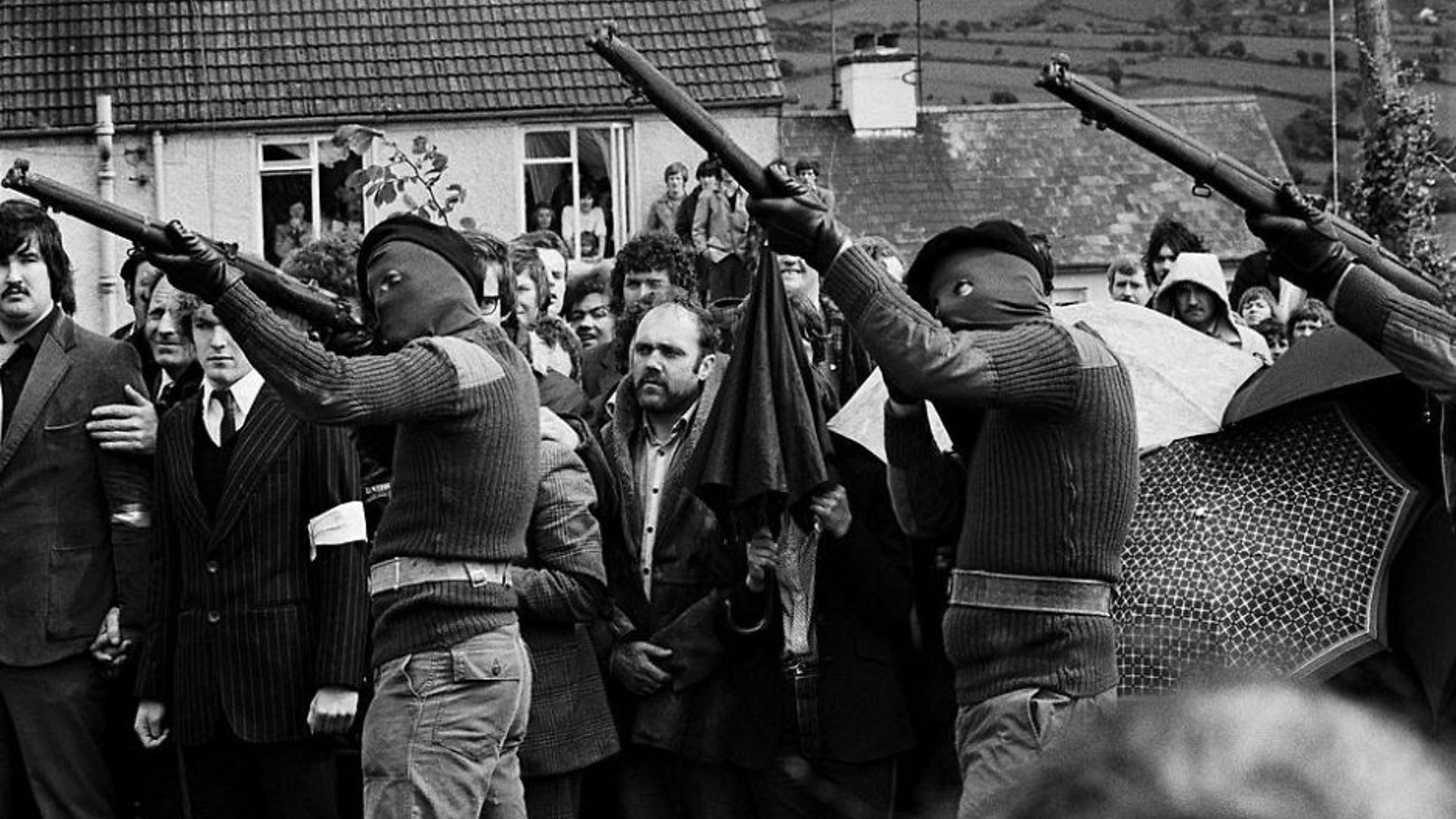ABSTRACT
Gender equality remains a major problem across the centuries. Even though the fight against this problem has evolved significantly across the globe. Even in the 21st century, this gender inequality persists globally in the Middle East, where this inequality rate is higher, problems such as domestic violence, unequal sharing of housework, and sexual violence already exist, and the pandemic has increased this even more. Within the scope of this study, the position and place of women in the region have been examined.
Key Words: Arab Spring, Feminism, Gender Equality, Middle East, September 11.
INTRODUCTION
One criterion should not be based on examining issues of gender inequality in the Middle East. Even within the same country, the change in the status of women can vary according to factors such as religious identity and ethnic identity, while many criteria have come into play in different states and regions. In this region where different cultures and religions are active, various conditions such as nationality, culture, ethnicity, and religion come into play. While the collapse of the Ottoman Empire and the transition to nation-state status in the Middle East after the First World War are closely related to women’s rights, interstate and civil wars, migration, globalization, and the rebellions that followed also influenced the place of women in today’s society. “Islamophobia, which reached its peak after the September 11 attacks, combined with the expression of desires and fears about the Middle East in the new context and new discourses. The most prominent theme of this new context was ‘the liberation of women who were imprisoned by the reactionaries.’.” (Bora, 2008). According to the 2021 Global Gender Index of the World Economic Forum, the time required to achieve gender equality in the Middle East and North African countries compared to other regions and states is exactly 142, 4 years (WEF, 2021). When factors such as employment, access to education, participation in the economy, health, and political presence are examined, the place of women is far behind compared to other territories. In the same report, when we look at the order of gender equality in the Middle East from far down to the east, Israel ranks 60th, United Arab Emirates 72, Tunisia 126, Egypt 129, Lebanon 132, Turkey 133, Saudi Arabia 147, Iran 150, and the list continues as follows (WEF, 2021). The Middle East became an important region during or after the Arab Spring. In this context, the events experienced have an impact on women and women also have an impact on these events.
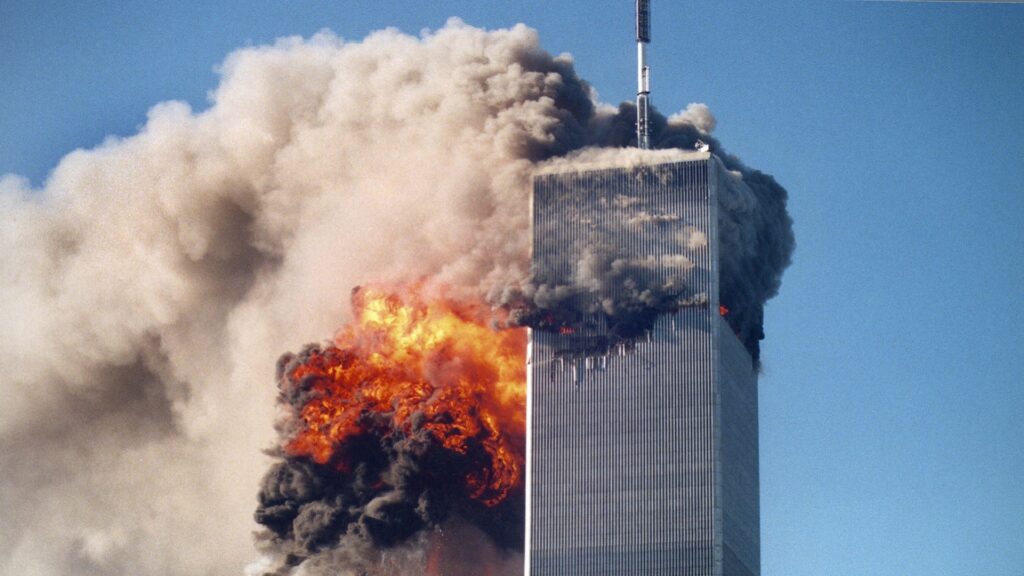

1. Chronological Overview
It would be logical to examine modernization and the role of women in the Middle East in 3 periods. In the first period, between 1920 and 1990, which was the transition period from the empire to the nation-state, some modernizations were made in civil law. Reforms had an important role as the innovations made for women showed the level of humanity of the country. It was during this period that women started getting encouraged to access education and the business world., The recognition of their right to vote and to be elected, and feminist organizations such as the Egyptian Feminists Union came to the fore. However, there were some exceptions. In the course of the first period of the Pahlavi Dynasty in Iran women’s rights were increased thanks to the White Revolution, women gained the right to vote and be elected but social pressures and political pressures continued because there was no reform in the social mentality. “Honor is a concept that is closely tied to the fact that the nation is male, and the country is female. The concept of honor, which has its roots in Islamic thought, has gained a national meaning (namus-i Iran) by breaking away from its religious meaning (namus-i Islam) with the transformation of the nation from a religious community to a national community. Honor, oscillating between the idea of a woman’s chastity (ismet) and Iran’s integrity, made both women’s chastity and Iran’s subject to men’s ownership and protection: Sexual honor and national honor complemented of each other” (Najmabadi, 2000). With these words, the famous historian Afsaneh Najmabadi wanted to emphasize that honor shifted from Islamic content to national content. In Egypt, women’s liberation movements, in which the wives of the political elites played an active role and the struggle against the British occupation were intertwined. “Women, who held a large rally in Cairo, formed the women’s branch of the Wafd party on the one hand, and on the other hand founded the Egyptian Feminists Union, an independent feminist organization” (McCarthy, 2001). With the transition of Egypt to the republican regime during the Nasser period, the secular legal system and incentives for employment came to the fore. Although the Baathist regime in Iraq was very brutal and authoritarian, innovations such as career building, participation in civil life and educational services were given to women. Despite this modernization, gender inequality had still not been overcome and women still remained as second-class citizens. The role of women in political movements became more prominent worldwide during the 1980s, and women’s movements became active in social situations. Despite all this, not all countries gave women the right to vote at the same time: Turkey in 1934; Egypt, Lebanon, Syria, Tunisia in the 1950s; Algeria, Iran, Libya, Morocco, Yemen in the 1960s; Jordan in 1974; Iraq in 1980; Saudi Arabia, on the other hand, recognized the right to participate in the elections as a voter in 2011 and a candidate in 2015, “within the framework of the rules of Sharia”. Regardless of these attempts to modernize, women continued to bargain for their legal rights and status within the patriarchal state, which sees the family as the building block of society, not the individual. ”The patriarchy existing in society constitutes a structure that means “man’s rule” and encompasses life as a whole, starting from the family in its broader sense” (Heywood, 2013).” In connection with this situation, the roles created and imposed by gender determine the freedom and existence areas of men” (Özcan, 2020). Considering the implementation and effects of the laws, this period is also called “State Feminism” because of the startling, state-sponsored reforms.
In the Second period, when many conflicts that were frozen during the Cold War period were resolved and ethnic wars began, the search for democratization continued to gain momentum despite these wars and conflicts. Civil society became important in this period when globalization increased, and human rights and democratization gained importance. Urban women engaged in civil society. “The participation of women outside the elite in political movements was higher in countries such as Algeria or Palestine, where the independence and anti-colonial movements marched in violent conflict. Here, women of all classes took part in the wars of independence risking their lives and freedom and at the end of this process, when they were expected to return to their traditional roles, they had serious conflicts with men and new administrations.” (Bora,2008). In the following process, adverse effects on women began to be seen. With the Gulf Crisis of 1990-91, problems such as domestic violence, sexual harassment, and gender-based murder began to emerge again due to reasons such as the collapse of the infrastructure and the emergence of security deficits, the negative impact of the authoritarian regime on women and the loss of prosperity brought by oil. The 1st and 2nd Intifadas in Palestine caused by Israel’s harsh intervention resulted in civilian casualties and women came to the forefront as mothers or martyr mothers rather than an individual. There was also pressure from the outside for the political liberalization and semi-democratization process. Non-regional actors made important emphasis on strengthening the position of women. Mohammad Khatami was elected President thanks to the support of women and youth in Iran for the reform of the system. “We can better understand the undesirability of women in politics with the Ulema, who are uncomfortable even with women voting. The dominant view that women cannot be the head of the state according to Sharia shows that women’s decisions/decision-making is unacceptable.” (Kahraman, 2014). Nevertheless, there was an increase in civil society, and feminism, like Islamic feminism, diversified within itself.
After September 11, world politics again turned to masculinization and a militarist approach. The Middle East again became open to foreign interventions. In fact, there was a 20% increase in violence against Afghan women during this period. Problems such as economic difficulties, lack of human security, and lack of access to education arose, and as a result, domestic violence and suicide cases increased in the post-war period. Although education programs and literacy courses continued to strengthen the role of women, these practices, unfortunately, did not spread all over. “The marginalization imposed on her by the fact that a woman lives in the Middle East not only as a woman but also as a woman in the Middle East becomes important.” (Ozcan, 2020). In the post-Saddam period, women moved away from education and business life, as safety was a concern, and increased conflicts with terrorism and radicalization began to affect sexist violence. In the following process, with the support of international organizations such as the UN and women’s activities in Iraq, a 25% quota system was introduced to ensure the presence of women in the policy-making process.
In the third and last period, there was a serious increase in the role of women in the Arab revolts and popular movements. Women with demands for regime change, reform demands, absence of oppression and restrictions, and equal citizenship took part by fronting the fight with social media activities, participating in strikes and demonstrations. “However, the stance of women regarding gender inequality has been institutionalized in the region and has been stuck at certain stages in the face of oppressive practices. The image of “Middle Eastern women’s awakening” has begun to be created in the Western media” (Altan-Olcay, 2015). It was even later named the “Women’s Arab Spring”.
CONCLUSION
While one out of every three women worldwide is exposed to domestic violence, this rate is much higher in the Middle East. Although studies have been carried out in this area in some countries, it has still not been effective. For example, even though great strides have been made in Tunisia to encourage the participation of women in business, they were the first to be isolated from the business environment in times of crisis. The number of women with higher education is quite high, albeit women’s participation in business in employment markets is low.
When looking at indices such as political participation, specifically the increase in employment and gender equality, the Middle East is the region that lags behind compared to other regions. Today, women need peace, security, justice, and employment. The increase in safety concerns, wars, and conflicts affect women and children first. Gender equality is a demand of democracy and a human right, not a privilege.
Prepared by İrem ALBAYRAK for The FEAS Journal.
REFERENCES
- Altan-Olcay, O. (2015). Politics of critique: Understanding gender in the contemporary Middle East. Geoforum, 9 (13), 9-13.
- Bora Aksu, 2008, Orta Doğu’da Kadın Hareketleri: Farklı Yollar, Farklı Stratejiler, İ.Ü Siyasal Bilgiler Fakültesi Dergisi, sayı:39
- Heywood, A. (2013). Siyasi İdeolojiler. (Ö. Tüfekçi, Çev.) Ankara: Adres yayınları.
- Kahraman, L., 2014. İranlı Kadınların Toplumsal ve Siyasal Profili. Sosyoloji Araştırmaları Dergisi, 17(2), pp. 72-120.
- McCarthy Kathleen, 2001, Women, Philanthropy and Civil Society, Bloomington: Indiana University Press,
- Najmabadi Afsaneh, 2000 “Sevgili ve Ana Olarak Erotik Vatan: Sevmek, Sahiplenmek, Korumak”, Vatan, Millet, Kadınlar içinde (der) Ayşe Gül Altınay, İletişim Yayınları
- Özcan Merve Suna Özel, 2020, Arap Baharı Süreci Sonrasında Orta Doğu’da Kadın, Liberal Düşünce Dergisi, Yıl: 25, Sayı: 97
- World Economic Forum, Global Gender Gap Report 2021 (Last Access Date: 04.09.2021) https://www.weforum.org/reports/ab6795a1-960c-42b2-b3d5-587eccda6023


